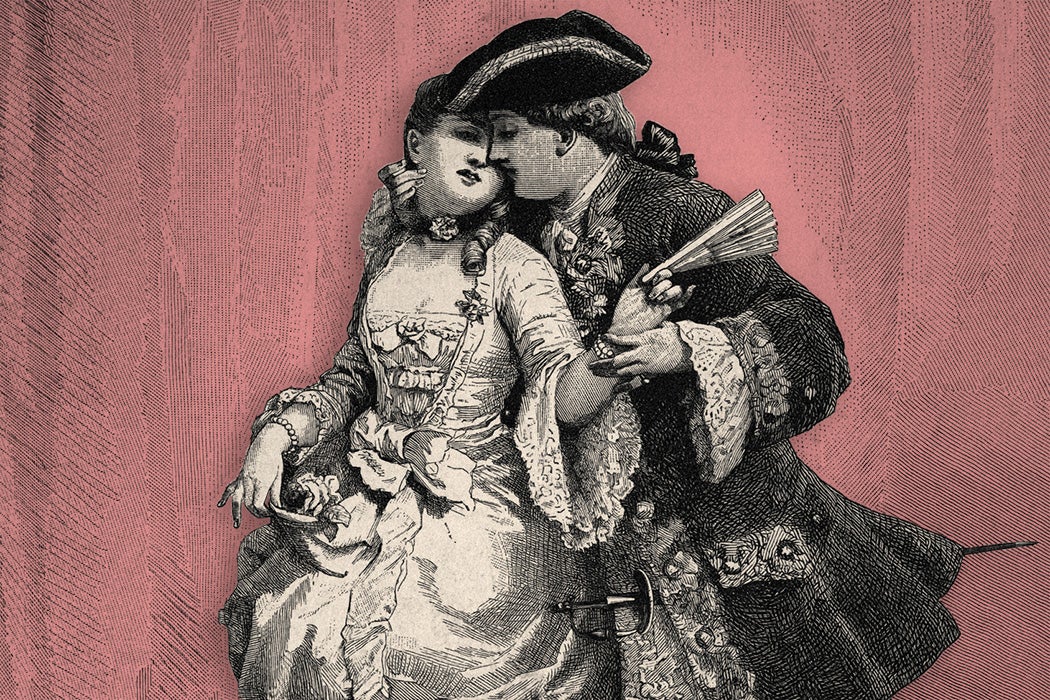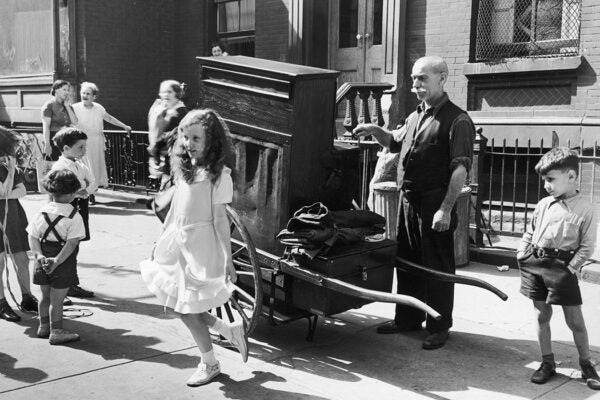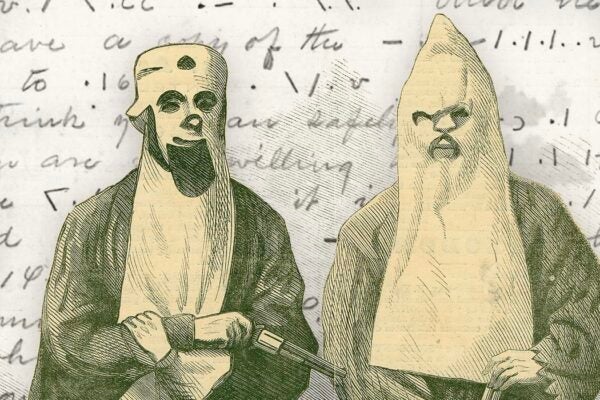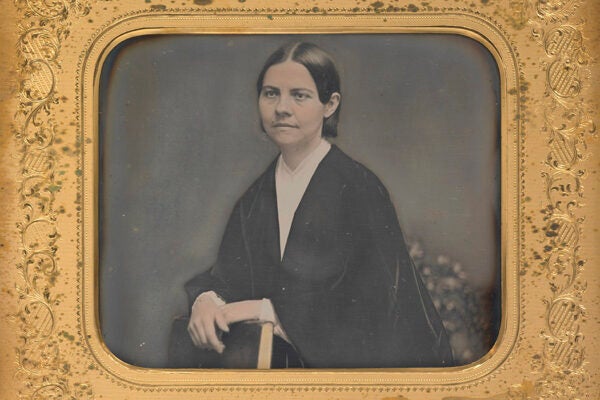The idea that sex is only legitimate within marriage, and that those who engaged in sex outside of marriage should be publicly punished for it, began to weaken in the late seventeenth century. What historian Faramerz Dabhoiwala calls the “relative sexual liberty” of “modern western societies” is thus a “relatively recent state of affairs.” Sexual mores that were unthinkable in 1600 were, by 1800, quite thinkable, and they would grow permissively to “have a profound effect on nineteenth- and twentieth-century attitudes.”
Taking English history as his model, Dabhoiwala writes that the principle of punishable extramarital sex was “well established even before the Norman Conquest” of 1066. “Whipping, fining, public shaming, and imprisonment” were the usual punishments. As with cracks in religious uniformity, illicit sex was thought to threaten the very foundations of society and had to be dealt with as such. “Sexual and spiritual discipline” were closely associated: “doctrinal and carnal laxity, it seemed, were inextricable.”
“By Tudor and Stuart times,” he writes,
there had grown up an elaborate system of jurisdictions to police adulterers, fornicators, prostitutes, and bastard-bearers. Statues, common law, manorial and borough customs, and the courts of the church—all actively upheld the rule that illicit sex was a public offense which could not be safely tolerated.
But then, bit by naughty bit, sexual freedom started being tolerated, even as “politicians, theologians, and moralists” pushed for harsher punishment. In 1640, for example, the Puritans abolished ecclesiastical law and made adultery a capital offense. (There are two known executions for adultery in American history: a pair of lovers were killed in the Massachusetts Colony in 1643.) There was a strong push to toughen punishment after the Glorious Revolution of 1688. London alone saw thousands of convictions a year into the 1720s. Sexual policing campaigns would be launched again and again into the nineteenth and twentieth centuries—and beyond.
But even in the face of the state’s moral-policing power and fundamentalist religious revivals, the idea that sexual activity outside of marriage should be regarded as private, “not subject to public regulation or punishment” continued to grow.
“The advance of more tolerant views in the late seventeenth and early eighteenth centuries was at least as much a consequence as a cause of the increasingly practical difficulties of sexual policing,” Dabhoiwala writes.
Such tolerance was concomitant with the growth of freedom of conscience and action and the privatization of ethics, as well as “the growth of religious plurality, the increasing complexity of urban life and government, changing attitudes towards Christianity and moral law.” Sexual liberty, continues Dabhoiwala, “epitomized the Enlightenment’s most fundamental intellectual developments.”
Weekly Newsletter
Dabhoiwala stresses that this “general rise in permissiveness” has come to be taken for granted, when it is not rejected outright under the enormous influence of Michel Foucault’s The History of Sexuality, “which stressed that all sexual ideas should be conceived of as mechanisms of power.” What if, in fact, this period was the “first sexual revolution,” as Dabhoiwala subtitled his 2012 book The Origins of Sex?
There were and continue to be holdouts against laissez-faire attitudes about private sexual encounters. Fundamentalism and secular authoritarianism thrive on the regulation of sexuality, especially when it comes to women. Current efforts in the US to do away with no-fault divorce, to federalize the criminalization of abortion, to legislate reproduction, and to regulate bodies (e.g. state genital-examiners for school sports) show that such forces never go away. More than a dozen US states still have old laws against adultery and “fornication” on the books. These are rarely enforced…but that could change.







